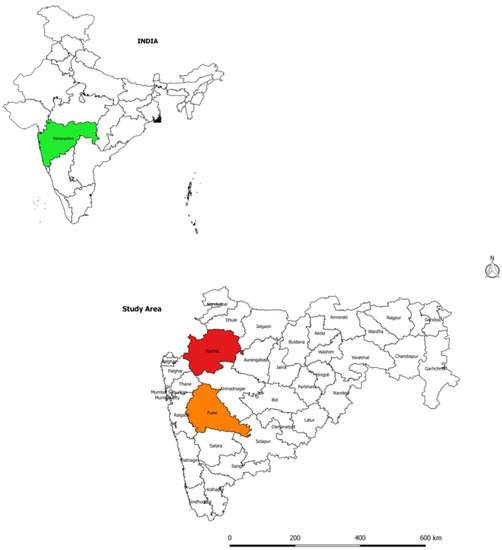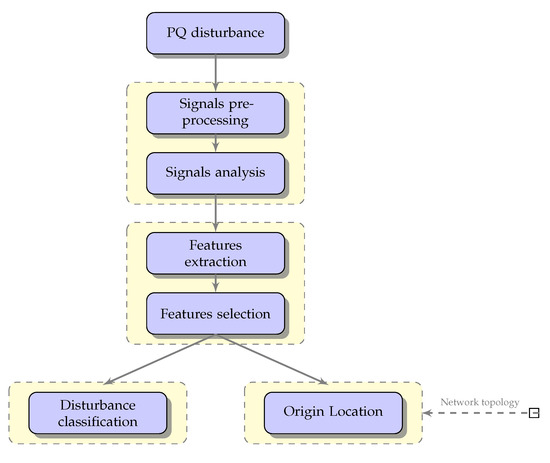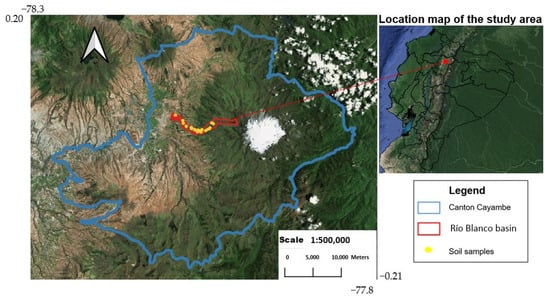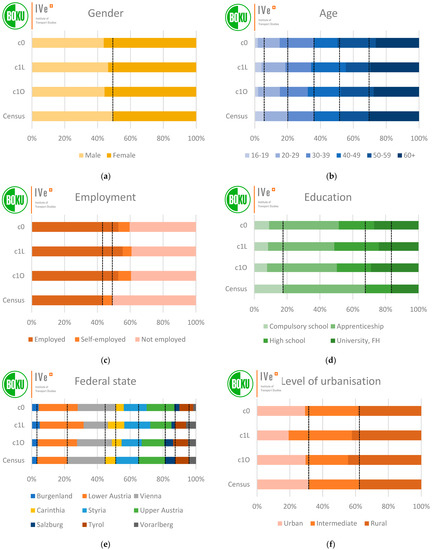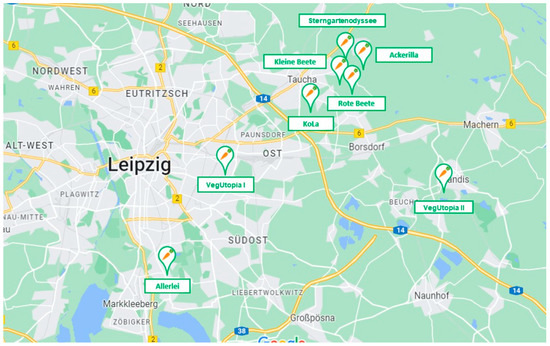1
Department of Urban Planning, Hongik University, Seoul 04066, Korea
2
Department of Urban Design & Planning, Hongik University, Seoul 04066, Korea
3
Department of Metropolitan and Urban Transport, Korea Transport Institute, Sejong 30147, Korea
4
Graduate School of Logistics, Incheon National University, Incheon 22012, Korea
Sustainability 2022, 14(12), 7431; https://doi.org/10.3390/su14127431 - 17 Jun 2022
Cited by 9 | Viewed by 2917
Abstract
With the abundance of public transportation in highly urbanized areas, it is common for passengers to make inefficient or flawed transport decisions due to a lack of information. The exact arrival time of a bus is an example of such information that can
[...] Read more.
With the abundance of public transportation in highly urbanized areas, it is common for passengers to make inefficient or flawed transport decisions due to a lack of information. The exact arrival time of a bus is an example of such information that can aid passengers in making better decisions. The purpose of this study is to provide a method for predicting path-based bus travel time, thereby assisting accurate bus arrival and departure time predictions at each bus stop. Specifically, we develop a Geo-conv Long Short-term Memory (LSTM) model that (1) extracts subsequent spatial features through a 1D Convolution Neural Network (CNN) for the entire bus travel sequence and (2) captures the temporal dependencies between subsequences through the LSTM network. Additionally, this study utilizes additional variables that affect two components of bus travel time (dwelling time and transit time) to precisely predict travel time. The constructed model is then evaluated by the practical application to two bus lines operating in Seoul, Korea. The results show that our model outperforms three other baseline models. Two bus lines with different types of operation show different model performance patterns that are dependent on travel distance. Interestingly, we find that the variable related to the link of the stop location appears to play an important role in predicting bus travel time. We believe that these novel findings will contribute to the literature on transportation and, in particular, on deep learning-based travel time prediction.
Full article
(This article belongs to the Special Issue Sustainable Urban Public Transport Management and Planning with Big Data)
▼
Show Figures


